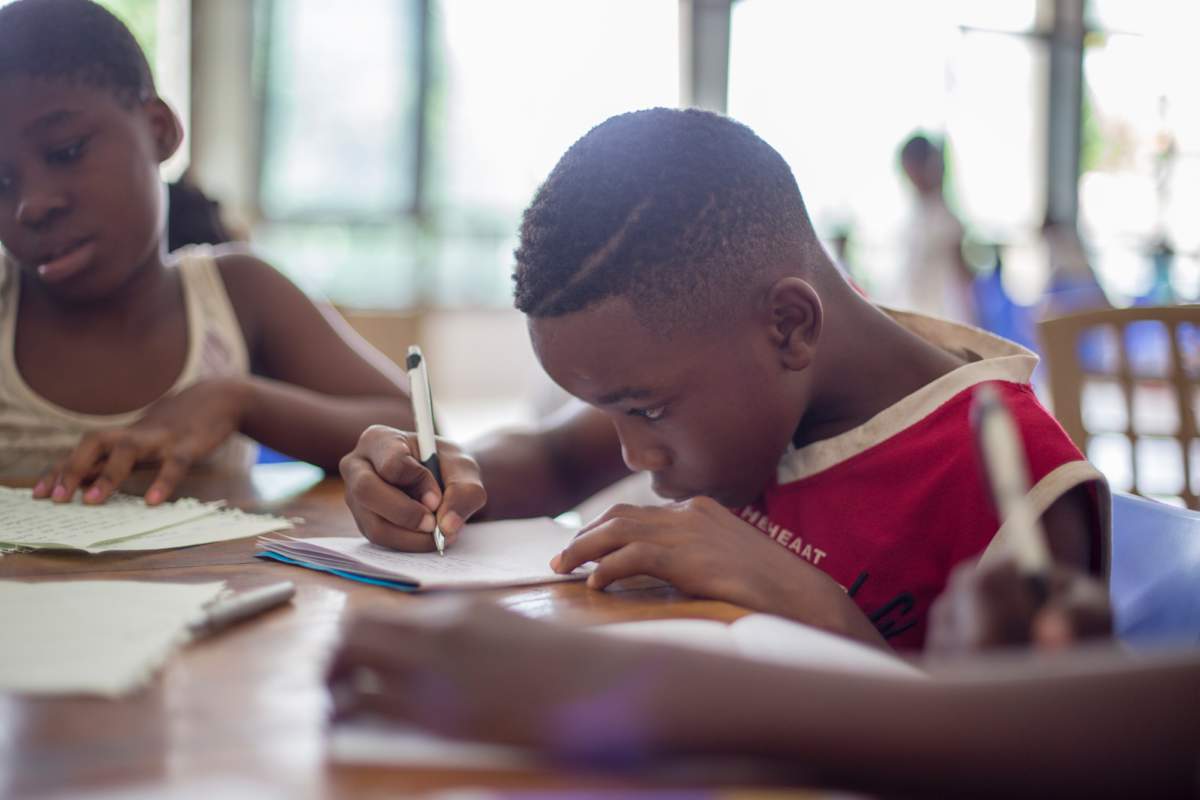You often feel that the endless recommendations for improving digital literacy are irrelevant to you. Especially when they also talk about children. But behind this cumbersome phrase hides a thousand small daily skills that we are not all good at. Let’s figure out what digital literacy is and how to teach it to children.
What is digital literacy?
The 2010s became breakthrough years in terms of technology development. Back in the mid-2000s, we were mastering personal accounts on banks’ websites, and now any online payment is a familiar story. The Internet has added to our everyday life also online, where the same rules apply as offline. But not always. They combine into the notorious digital literacy, or, more simply, the ability to live and work in the network.
What exactly are the pillars of digital literacy? There are different approaches here. For example, the authors of the European Union’s Digital Competence Model for Citizens report list five areas and 21 competencies that all citizens need.
- Information literacy. The way we seek information, analyze it, and manage it. It applies to everything: from the most straightforward search for goods and services to reading news. Let’s say, among three sites with similar names, find the only official online store. Or assess the credibility of the source of this or that news.
- Communication and collaboration. The way we communicate on the Internet, from correspondence in instant messengers to any work data exchange. Voice messages are also part of this.
- Content creation. Here’s everything about how we live as a content provider, such as the ability to convert text files to pdf—knowledge of who can own the content, how it can be used. Content can be copyrighted even if you find it in a search engine.
- Safety. It is about protecting devices and understanding how information is transmitted, how big data lives. For example, why is it not worth paying with a credit card for services on a dubious site?
- Solution of problems. And here is about the ability to make all technologies work for themselves. A list of essential technical tools that kids should know how to use, such as how to send large files or how to use a VPN, among others. From the simple configuration of a router or innovative home system to creating websites, programs, and charts based on big data.
What to teach?
I tend to lean more towards literacy as a concept that relates to reading and writing. Therefore, digital literacy can use digital technologies in an almost automatic mode when a person does not think about how to do it. He has it in the same way as the ability to read and write, which is taught in elementary school, and then he lives with it. And it’s not just about social media communication.
The primary skills are creating your content, searching and exchanging information, working on the Internet, clever use of digital resources; it is the solution to vital problems using information technologies. Each of these tasks may be different, but if you have the skills to work in a text editor, then I think you can quickly master other software products because the skills are similar.
How to teach?
Many are talking about introducing digital literacy as a separate subject in the school curriculum. But I think that it just shouldn’t be. It is a skill that children should be able to use. For example, is searching the Internet for physical law a digital skill? Digital. But it is used to solve a specific problem.
In computer science lessons, there are tons of options for how and when to learn it. These are suitable lessons on Internet security and personal data security. You can come up with a project. Invite people from IT companies in your city, representatives of providers to the lessons. They will teach children and share their experience and knowledge with them: what is a hacker attack, how to connect to the Internet correctly, etc. So that children understand that this is not just imposed theoretical knowledge, but people-practitioners, so the interest will be much higher.
Digital literacy training courses
Children need to be taught how to use the Internet. They must navigate the online space and critically evaluate and analyze the information they find because not all information from the Internet is accurate. It will be helpful for children to learn programs and applications. Explain with specific examples what these programs do and safely use them with the most significant benefit. As you can see, it is not enough to be able to use a computer. You also need not get lost in the endless stream of information provided. There are special courses on digital literacy aimed at securing the digital childhood and growing up of children and providing them with a comfortable digital space to grow and develop harmoniously.
There are now a lot of training courses for training in various fields. Something can be further used for study and work, become a source of income or a useful hobby – and mastering them at a young age when the mind is more flexible. There are fewer responsibilities outside of school, which will be a good help for the future!
Conclusion
It seems to me that most teachers are already ready to teach their students about digital skills. And it would help if you started instilling the necessary competencies from elementary school. By this time, many students already have smartphones, and if they are not educated, then situations may arise when they face real danger and not just a virtual one.
This can be done in computer science lessons to teach the necessary competencies for working with digital tools. I don’t think a separate subject should be introduced for this. It is enough to pay attention to this within the framework of the already existing lessons.
